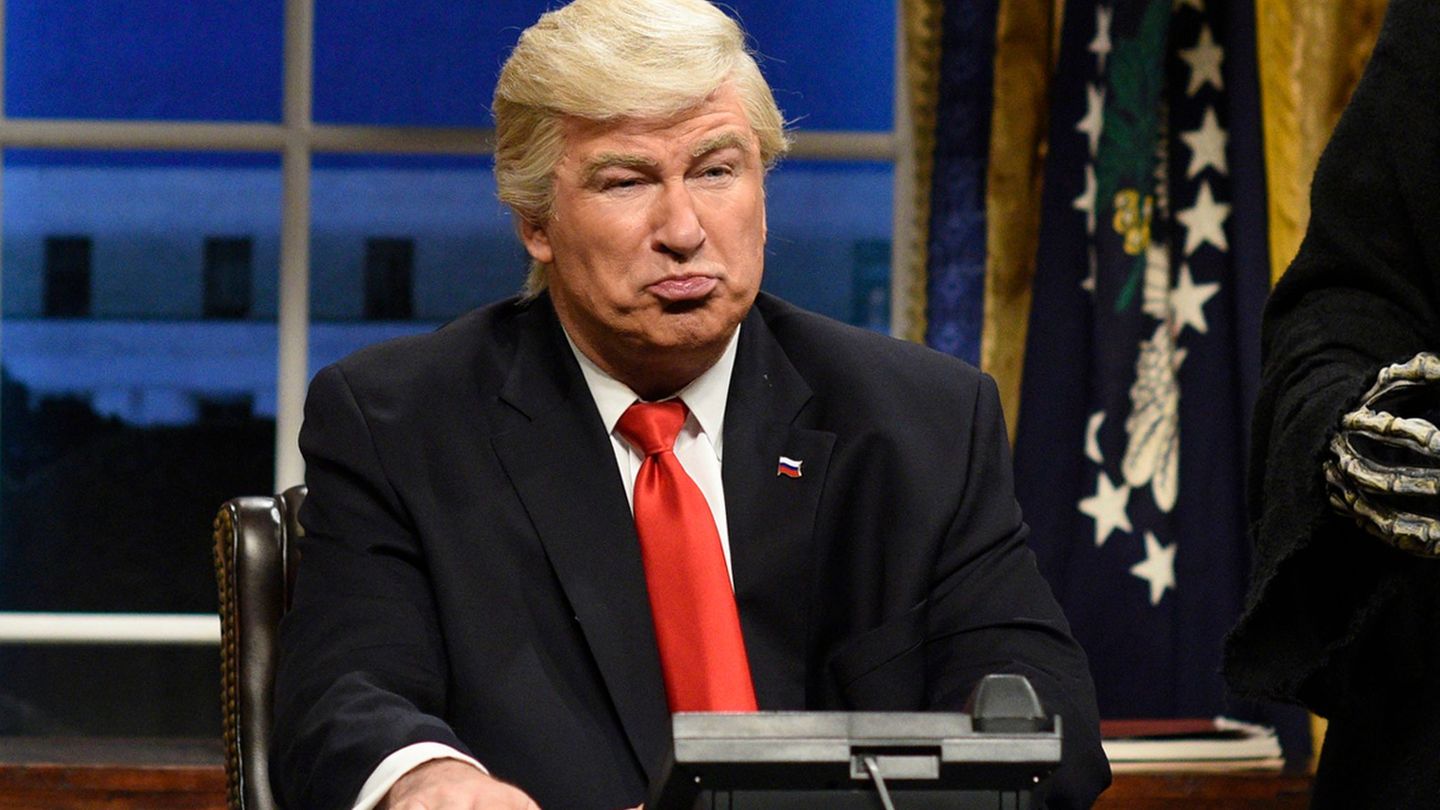I have been working in the news industry for over 6 years, first as a reporter and now as an editor. I have covered politics extensively, and my work has appeared in major newspapers and online news outlets around the world. In addition to my writing, I also contribute regularly to 24 Hours World.
Menu
Ban of entry: Trump announces far -reaching entry restrictions
Categories
Most Read
The situation at a glance: Trump wants to give a speech to the Israeli parliament
October 11, 2025
No Comments
Award: Trump: Nobel Peace Prize winner called me
October 11, 2025
No Comments
Gaza conflict: Trump announces speech to Israeli parliament
October 10, 2025
No Comments
Citizens’ benefit reform: Fahimi warns against a “completely wrong focus” on social cuts
October 10, 2025
No Comments
Government crisis: Macron reappoints Lecornu as prime minister
October 10, 2025
No Comments
Latest Posts

TV anniversary: Live from New York! – 50 years of “Saturday Night Live”
October 11, 2025
No Comments
Lisa HarrisI am an author and journalist who has worked in the entertainment industry for over a decade. I currently work as a news editor

World Cup qualification: After a big win: Nagelsmann wants to go one better against Northern Ireland
October 11, 2025
No Comments
PierceI am Pierce Boyd, a driven and ambitious professional working in the news industry. I have been writing for 24 Hours Worlds for over five

Heino about his wife who died: Heino: Hannelore’s death still haunts me
October 11, 2025
No Comments
Lisa HarrisI am an author and journalist who has worked in the entertainment industry for over a decade. I currently work as a news editor
24 Hours Worlds is a comprehensive source of instant world current affairs, offering up-to-the-minute coverage of breaking news and events from around the globe. With a team of experienced journalists and experts on hand 24/7.

